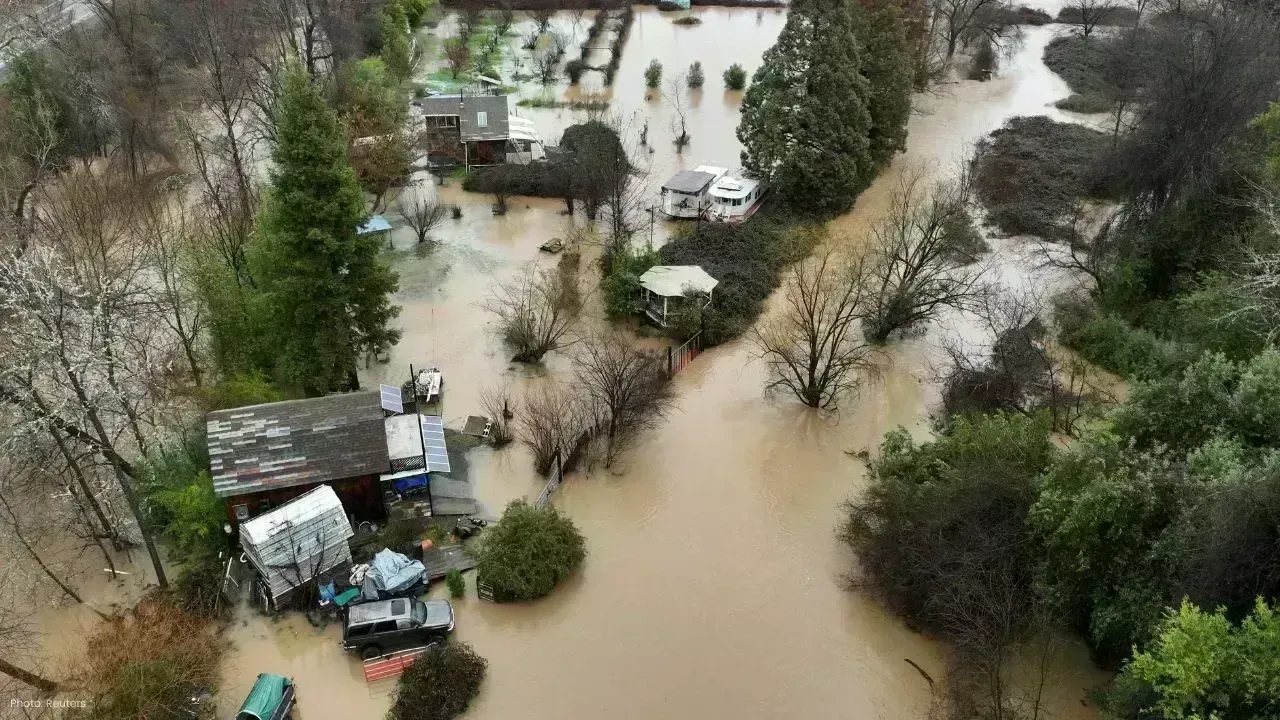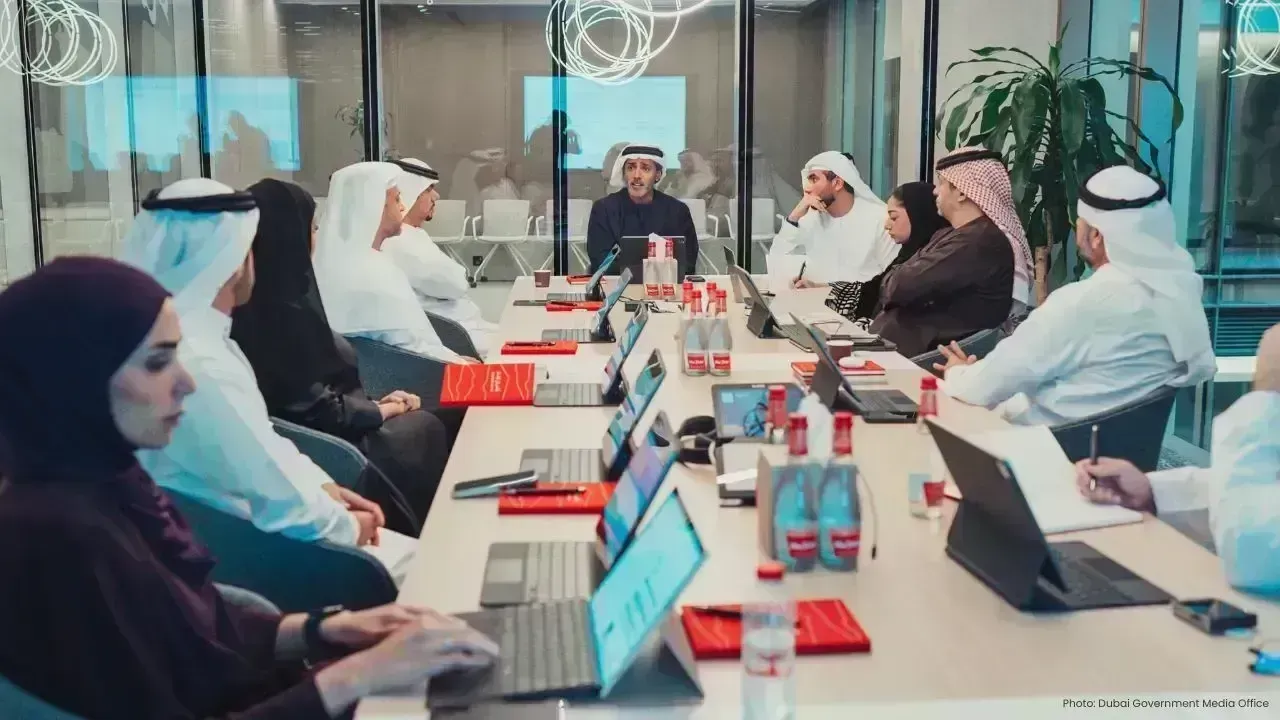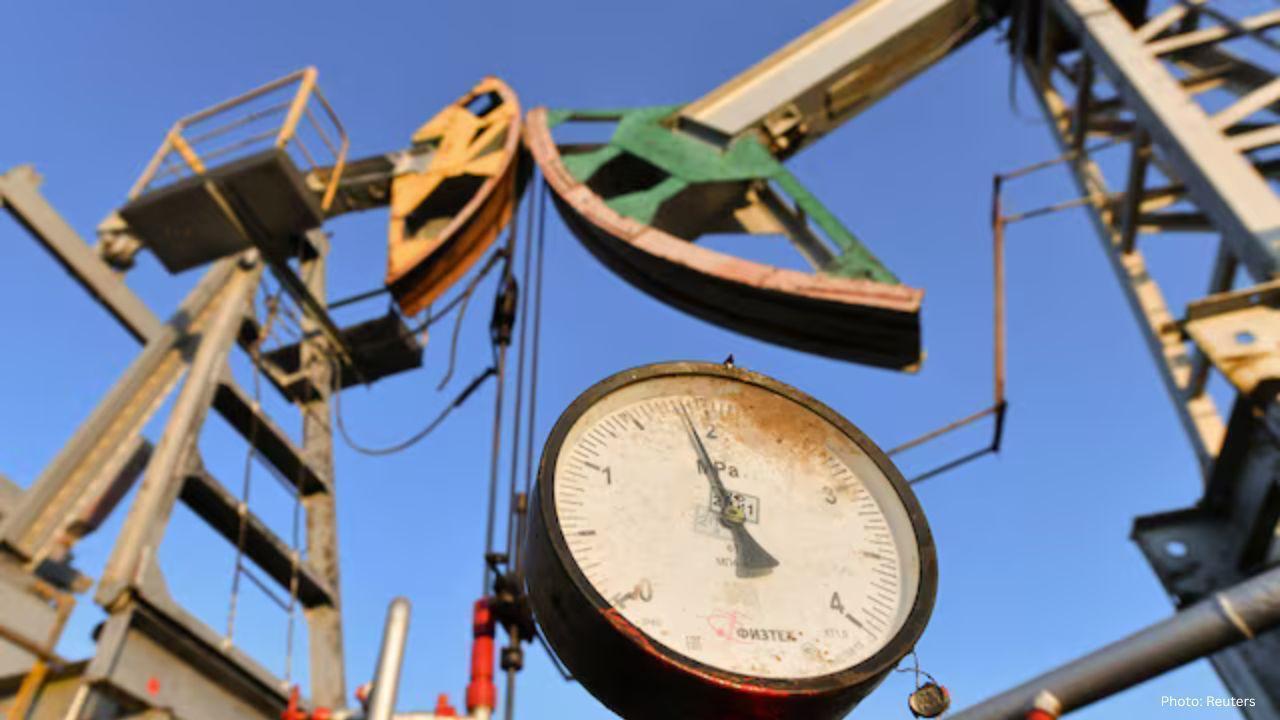You have not yet added any article to your bookmarks!

Join 10k+ people to get notified about new posts, news and tips.
Do not worry we don't spam!

Post by : Anis Farhan
Global carbon dioxide emissions are at unprecedented levels, driving climate change, extreme weather events, and rising sea levels. Reducing emissions is critical, but fossil fuels still dominate energy production, and industrial processes continue to release significant CO₂. Enter Carbon Capture and Utilization (CCU) — a set of technologies designed to capture CO₂ emissions and convert them into usable products or store them safely.
CCU has garnered attention as both a mitigation strategy and an economic opportunity. By capturing carbon at its source and transforming it into fuels, chemicals, or construction materials, CCU aims to reduce atmospheric CO₂ while creating value. However, the technology is not a silver bullet; it faces economic, technical, and environmental challenges. Understanding its potential and limitations is vital for evaluating its role in combating climate change.
Carbon capture and utilization encompasses three main processes:
1. Capture:
CO₂ is extracted from industrial emissions, power plants, or directly from the air. Technologies include:
Post-Combustion Capture: CO₂ is separated from flue gases after combustion.
Pre-Combustion Capture: Fossil fuels are converted into a mixture of hydrogen and CO₂, which is then separated.
Direct Air Capture: CO₂ is extracted from ambient air using chemical filters.
2. Transportation:
Captured CO₂ is compressed and transported via pipelines, ships, or other means to sites where it will be utilized or stored.
3. Utilization or Storage:
Utilization (CCU): CO₂ is converted into fuels, chemicals, building materials, or even food additives.
Storage (CCS – Carbon Capture and Storage): CO₂ is injected into geological formations such as depleted oil fields or deep saline aquifers for long-term storage.
CCU differs from CCS in that it aims to make carbon a resource rather than just a liability. By transforming CO₂ into products, CCU potentially creates economic incentives for emissions reduction.
1. Synthetic Fuels and Chemicals:
Captured CO₂ can be converted into synthetic methane, methanol, or other chemicals using hydrogen and renewable energy. These fuels can replace fossil-derived alternatives in transportation and industrial sectors, reducing net carbon emissions.
2. Building Materials:
CO₂ can be mineralized and incorporated into concrete, bricks, and other construction materials. This process not only stores carbon but also strengthens the material, providing dual benefits for climate and infrastructure.
3. Plastics and Polymers:
Innovative approaches are transforming CO₂ into plastics and polymers, substituting petroleum-based feedstocks and reducing environmental impact.
4. Agriculture and Food Industry:
CO₂ is already used in greenhouses to promote plant growth. Emerging technologies explore converting CO₂ into protein-rich food products, algae, and feed additives.
1. Emission Reduction:
By capturing CO₂ at industrial sites, CCU can significantly reduce emissions from hard-to-decarbonize sectors such as cement, steel, and chemical manufacturing.
2. Economic Opportunities:
Turning CO₂ into valuable products creates markets for captured carbon, incentivizing industries to adopt CCU technologies.
3. Supporting Renewable Energy:
CCU can store excess renewable energy in the form of synthetic fuels, balancing energy supply and demand while reducing reliance on fossil fuels.
4. Enhancing Circular Economy:
CCU aligns with the principles of a circular economy by turning waste (CO₂) into raw materials for new products, reducing resource extraction.
Despite its potential, CCU faces significant hurdles:
1. High Costs:
Capturing and converting CO₂ is energy-intensive. Direct air capture, for example, currently costs hundreds of dollars per ton of CO₂, making widespread adoption challenging without subsidies or carbon pricing.
2. Energy Requirements:
Converting CO₂ into fuels or chemicals often requires large amounts of energy. If this energy comes from fossil sources, it may offset the environmental benefits.
3. Scalability Issues:
Global CO₂ emissions exceed 36 billion tons annually. Current CCU projects capture only a fraction, meaning massive scaling is needed to make a significant climate impact.
4. Limited Market Demand:
While products like synthetic fuels and concrete exist, global demand is not yet sufficient to absorb captured CO₂ at scale.
5. Risk of Carbon Lock-In:
Focusing on CCU as a solution could delay broader transitions to renewable energy if industries rely on carbon capture instead of reducing emissions at the source.
1. CarbFix, Iceland:
This project injects captured CO₂ into basaltic rock, mineralizing it into stable carbonates within two years. It demonstrates a safe and permanent storage method combined with utilization potential.
2. Climeworks, Switzerland:
A leader in direct air capture, Climeworks extracts CO₂ from ambient air and supplies it for food, beverages, and synthetic fuel production.
3. Carbon Clean, India/UK:
Specializing in post-combustion capture for industrial plants, this technology reduces emissions from cement and steel production while providing CO₂ for commercial use.
4. Solidia Technologies, USA:
Uses CO₂ in cement curing, reducing traditional emissions from cement production and storing carbon in construction materials.
Governments are increasingly recognizing CCU as part of comprehensive climate strategies. Policies include:
Carbon Pricing and Credits: Incentivizing industries to adopt CCU by assigning monetary value to captured carbon.
Research and Development Grants: Funding for innovative CCU technologies to reduce costs and improve efficiency.
Integration with Renewable Energy: Supporting renewable hydrogen production for CO₂ conversion into fuels.
International organizations emphasize that CCU should complement emission reductions rather than replace urgent decarbonization efforts.
Technological Innovation:
Ongoing research focuses on developing cheaper, more energy-efficient catalysts for CO₂ conversion, and improving scalability of mineralization processes.
Integration with Industry:
Future industrial plants may integrate CCU from the outset, capturing emissions on-site and supplying products to local markets.
Public-Private Collaboration:
Successful deployment will require collaboration between governments, industries, and research institutions to create viable markets and regulatory frameworks.
Global Climate Impact:
While CCU alone cannot solve climate change, combined with renewable energy, efficiency measures, and emission reductions, it can play a meaningful role in meeting international climate targets.
Carbon capture and utilization offers an innovative pathway to mitigate CO₂ emissions and generate economic value. By transforming waste into products, CCU provides both environmental and industrial benefits. However, it is not a standalone solution. Its success depends on integration with broader decarbonization efforts, energy transition, and policy support.
CCU represents hope in the climate battle — turning a greenhouse gas into a resource — but achieving a meaningful global impact will require scale, innovation, and sustained commitment. Only by combining CCU with aggressive emission reductions and renewable energy adoption can we approach a sustainable future.
This article is for informational and editorial purposes only. It explores current developments, potential benefits, and limitations of carbon capture and utilization and does not constitute investment, technical, or environmental advice.










Thailand Defence Minister Joins Talks to End Deadly Border Clash
Thailand’s defence chief will join talks with Cambodia as border clashes stretch into a third week,

India Raises Alarm Over Fresh Attacks on Hindus in Bangladesh
India has condemned recent killings of Hindu men in Bangladesh, calling repeated attacks on minoriti

Sidharth Malhotra & Kiara Advani Celebrate Baby Saraayah’s 1st Christmas
Sidharth and Kiara share adorable moments of baby Saraayah’s first Christmas with festive décor and

South Korea Seeks 10-Year Jail Term for Former President Yoon Suk Yeol
South Korea’s special prosecutor demands 10 years for ex-President Yoon Suk Yeol on charges includin

Salman Khan’s Exclusive 60th Birthday Bash at Panvel Farmhouse
Salman Khan to celebrate his 60th birthday privately at Panvel farmhouse with family, friends, and a

Dhurandhar Breaks Records with Rs 1006 Cr, Becomes Bollywood’s Biggest Hit
Dhurandhar rakes in over Rs 1006 crore worldwide in 21 days, becoming Bollywood’s highest-grossing f